The proper pool skimmer suction is essential for maintaining a clean and healthy swimming pool. Adjusting the pool skimmer suction correctly ensures that debris on the water’s surface is effectively caught and removed, keeping your pool clear and free from leaves, bugs, and other unwanted particles.
In this article, we will guide you through adjusting your pool skimmer suction to resolve issues like low suction and improve the overall performance of your swimming pool maintenance system.
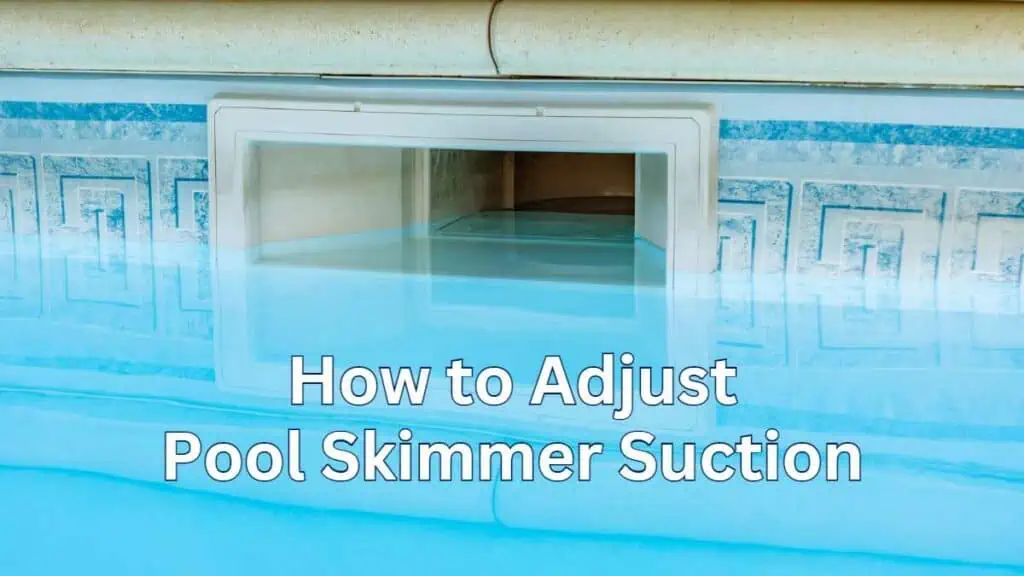
How To Adjust Pool Skimmer Suction: To adjust pool skimmer suction, follow these steps:
1. Turn off the pool pump.
2. Locate the skimmer valve.
3. Adjust the valve to increase or decrease suction.
4. Turn on the pump and check suction levels.
5. Repeat steps until desired suction is achieved.
Understanding Pool Skimmer Suction
This section will discuss how pool skimmers work and their role in your swimming pool’s suction and circulation system. We will cover the functionality of pool skimmers, suction, and circulation systems to help you better maintain and adjust your pool equipment.
Pool Skimmer Functionality
Pool skimmers are essential components of your swimming pool’s filtration system. They work by suction to remove leaves, debris, and other unwanted materials from the water’s surface.
The skimmer has a strainer basket that traps the debris before the water is returned to the pool circulation system. Maintaining proper skimmer suction ensures that the water in your pool remains clean and clear.
Suction and Circulation System
Your pool’s suction and circulation system maintains water flow and ensures that your pool equipment, such as pumps and filters, functions effectively. Proper water flow is essential for the pool’s overall cleanliness and health.
The system is typically comprised of the following components:
- Pool pump: This device is the driving force behind water circulation, pulling water from the pool and pushing it through filters and other equipment before returning it to the pool.
- Skimmer: As mentioned earlier, the skimmer captures debris from the water’s surface and contributes to the overall suction process.
- Main drain: Positioned at the bottom of the pool, the main drain also contributes to suction and water circulation. Adjusting its valve can impact the system’s overall suction and, in turn, the efficiency of the pool skimmer.
Properly adjusting skimmer suction involves locating the skimmer valve and turning it clockwise or counterclockwise to increase or decrease the suction.
It’s important to regularly monitor your pool’s water flow and adjust as needed, ensuring that your pool equipment remains in good working order.
Pool Pump Not Pulling Water from Skimmer
If you find yourself faced with the frustrating problem of your pool pump not effectively pulling water through the skimmer, then this can lead to problems such as:
- poor circulation
- an imbalance in pool chemistry
- even algae growth
You can correct this by taking the following action:
How To Adjust Pool Skimmer Suction
Adjusting your pool skimmer suction is essential for maintaining a clean and healthy swimming environment. This section will guide you through the process, focusing on controlling valve settings and balancing the skimmer and main drain suction.
Controlling Valve Settings
Numerous valve configurations can be used in swimming pools to control the flow of water from the pool’s skimmers and the main drain.
Some pool systems have individual valves to control the flow from each skimmer, as in the set up below, where valves 2 and 3 are from the skimmer. Others, such as mine, have one valve that controls both skimmers and another for the main drain.
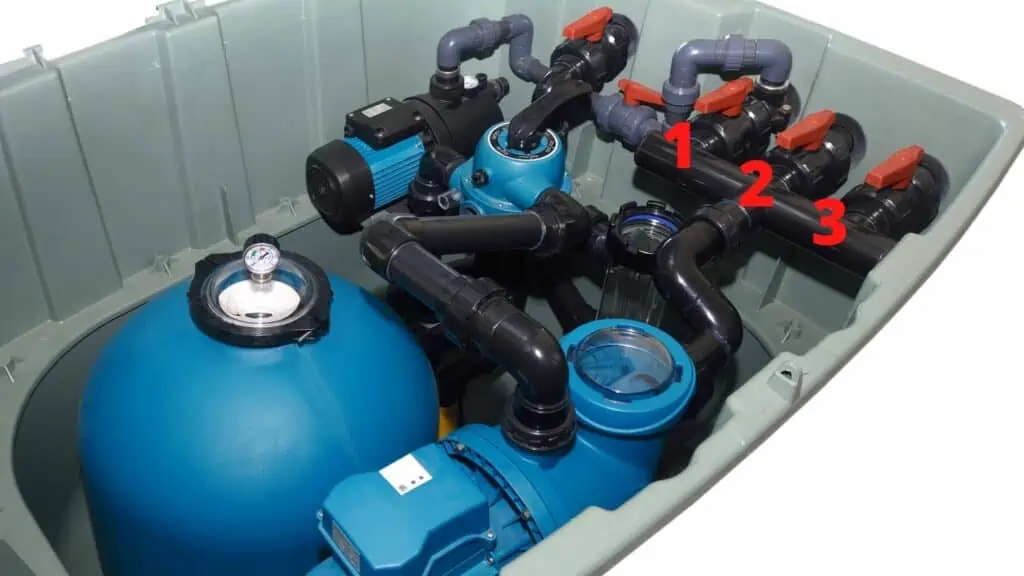
Other systems, such as the one below, have one valve that controls the flow to both the main drain and the skimmers, which can be adjusted to enable all of the flow from the main drain, all from the skimmer/s or a certain ratio from each.
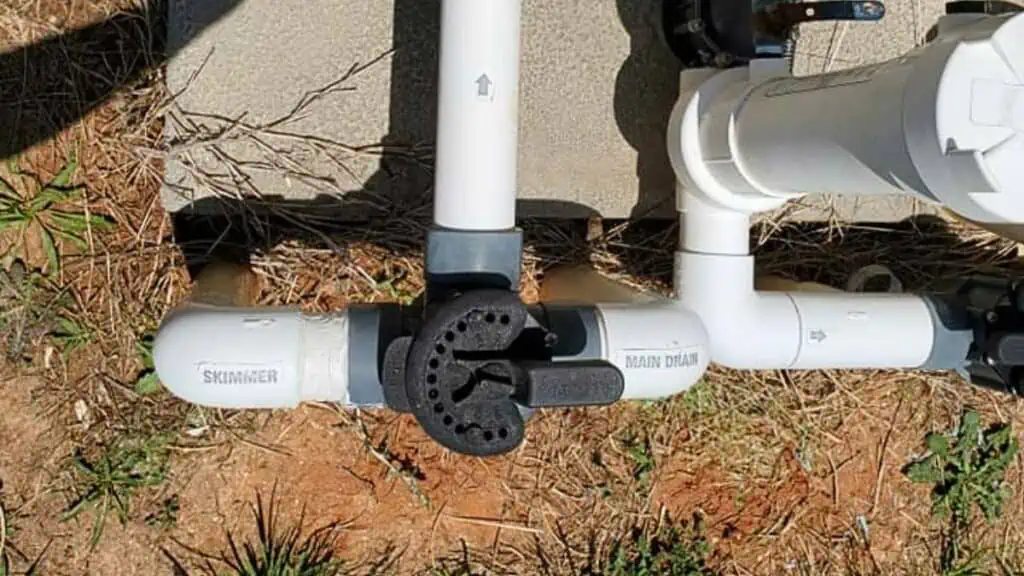
Which valve is which?
To balance the skimmer suction, you must identify which valves control the flow from the skimmer/s and main drain.
If you know which valve is which, then skip this section.
If the valves are not marked, so you do not know which valves control your skimmer/s and main drain or which position for each if you only have one, then you can work it out as follows:
- Turn off the pump for safety reasons and to prevent damage to the system.
- If you have only two valves, turn one off and the other fully open
- If you have more than two, then turn them all off and one fully opened
- If you have just one valve, then turn the handle to point to one inlet pipe or the other
- Now turn on the pool pump
- Check your skimmer or skimmers and see if any water is being drawn in
- If no water is drawn into a skimmer, the main drain is the open valve (or the inlet pipe the valve points to).
- If water is being drawn into the skimmer (or skimmers), the valve that is open (or the inlet pipe the valve is pointing to) is the skimmer.
- If you have multiple valves, close the one you opened, open another, and do the same again.
- You should now know which valve is which, so using a sharpie, label the pipes as ‘skimmer’ and ‘main drain’ to avoid confusion if they are not already done. Or ‘skimmer1’ and ‘skimmer2’, which have separate valves.
Balancing Skimmer and Main Drain Suction
Now that you know what each valve controls, you can adjust the suction to the skimmer/s.
By controlling the pool skimmer valve position, you can adjust the pool skimmer suction according to your needs.
Balancing the suction between the skimmer and the main drain is essential. A proper balance will help maintain your pool’s cleanliness and circulation.
Here are the steps to balance your pool’s main drain and skimmers:
- Check the pool water level: Ensure that the water level in the pool is within the recommended range, typically halfway up the skimmer opening. If the water level is too low or too high, it can negatively impact the effectiveness of the skimmers.
- If you have a sand filter, then backwash the pool sand filter or clean the cartridge filters if you have that type of filter. Clean the pump strainer basket and empty the skimmer baskets to reset the pool filter pressure gauge to an optimal range.
- Move the multiport valve to filter and restart the pump.
- Locate the valves: Find the valves that control water flow from the main drain and skimmers. These are typically located near the pool pump and filter system. There should be at least two valves: one for the main drain and one for the skimmers. See the section above.
- Adjust the main drain valve: To balance the flow between the main drain and skimmers, you must first adjust the main drain valve. Start by closing the valve completely (usually clockwise), then gradually open it (turning it counterclockwise) until you reach the desired flow rate. The flow rate will depend on the size of your pool and the specific equipment you have installed. Maintaining some flow from the main drain is essential to remove debris and contaminants from the pool’s bottom.
- Adjust the skimmer valve(s): After adjusting the main drain valve, move on to the skimmer valve(s). Close the valve(s) completely, then gradually open them until you reach the desired flow rate. Ideally, the flow rate should be sufficient to create a good flow on the pool’s surface to pull in floating debris without creating excessive turbulence. Properly adjusting your pool return jets to help create a good surface flow toward the skimmers will also help.
- If you cannot create a sufficient flow rate into the skimmer, try reducing the flow into the main drain.
Personal experience: In my pool, to create sufficient flow into the skimmers, I have to turn off the main drain almost completely. However, having the skimmers working efficiently is more important than the main drain. If the skimmers are not pulling in debris, it will become waterlogged and sink to the bottom of the pool, and the main drain will not be able to cope with that.
If the pressure gauge reads lower than average after these adjustments, you may have a low suction problem. Inspect your pool system for any potential issues, such as clogged pipes, leaks or damaged parts, and address them accordingly.
Addressing Pool Skimmer Blockages
If you have tried all of the above and still cannot improve the skimmer suction, you may have a blockage in the line from the skimmer to the pump, or your filter may be dirty and blocked (if it is a cartridge filter).
Pool skimmer blockages can drastically affect the suction and overall performance of your pool’s filtration system.
Identifying Blockage Sources
First, inspect the skimmers for any visible debris causing the blockage. Common culprits include leaves, twigs, and other organic materials. If you find any obstructions, carefully remove them to ensure your skimmer can function correctly.
Next, examine your pool’s filters. A dirty or clogged cartridge filter can also lead to insufficient skimmer suction. If your filter needs cleaning or replacement, take the necessary steps to address the issue. This may involve rinsing out the filter or purchasing a new one.
Lastly, check the impeller, which is located inside the pool pump. Debris can block the impeller, reducing the suction power in your pool skimmer. If the impeller appears blocked, you must carefully remove the debris to restore proper function.
These posts may be useful:
15 Reasons You May Have Low Pool Pump Pressure
Skimmer not skimming
Clearing Blocked Skimmer Lines
Once you have determined the source of the blockage, follow these steps to clear the blocked skimmers:
- Turn off the pool pump to prevent damage while working on the skimmer.
- Open the pump strainer basket lid and remove the basket.
- Remove the skimmer basket or baskets.
- Push the end of a hose into the inlet pipe that goes into the pool pump strainer.
- Ensure the valve to/from the skimmer is open and the main drain valve is closed.
- Turn on the hose with a strong flow.
- Watch in the skimmer for the water coming out and see if any debris is pushed out of the pipe.
- Turn the pool pump back on and observe the skimmer function. After any blockages have been removed, the suction should have improved.
Regularly checking and maintaining your pool skimmers and addressing any blockages can keep your pool clean and ensure its filtration system operates effectively.
Summary
If you want to improve pool skimmer performance and increase suction, you can take a few steps. Firstly, it is essential to understand the pool skimmer diagram and locate the pool suction valve, as this is where you can make adjustments to enhance suction. If you are experiencing no suction in the pool skimmer, it is crucial to troubleshoot the issue promptly.
To increase skimmer suction, ensure the skimmer pool is free from debris or clogs. A clogged skimmer can greatly reduce suction capabilities. Clear out any leaves, twigs, or other debris obstructing the skimmer pool.
If you want more suction from the pool skimmer, consider adjusting the main drain valve. By slightly closing the valve, you can increase the suction force in the skimmer.
In conclusion, to increase the pool skimmer’s suction and improve its performance, follow these steps: understand the pool skimmer diagram, locate the pool suction valve, clear out debris, repair any leaks or damages, adjust the pool suction valve cautiously, and maintain regular maintenance. By implementing these measures, you can enhance the pool skimmer’s suction capabilities and ensure a cleaner and more enjoyable swimming experience.

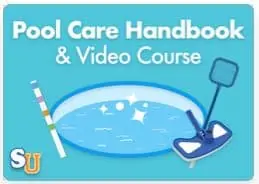



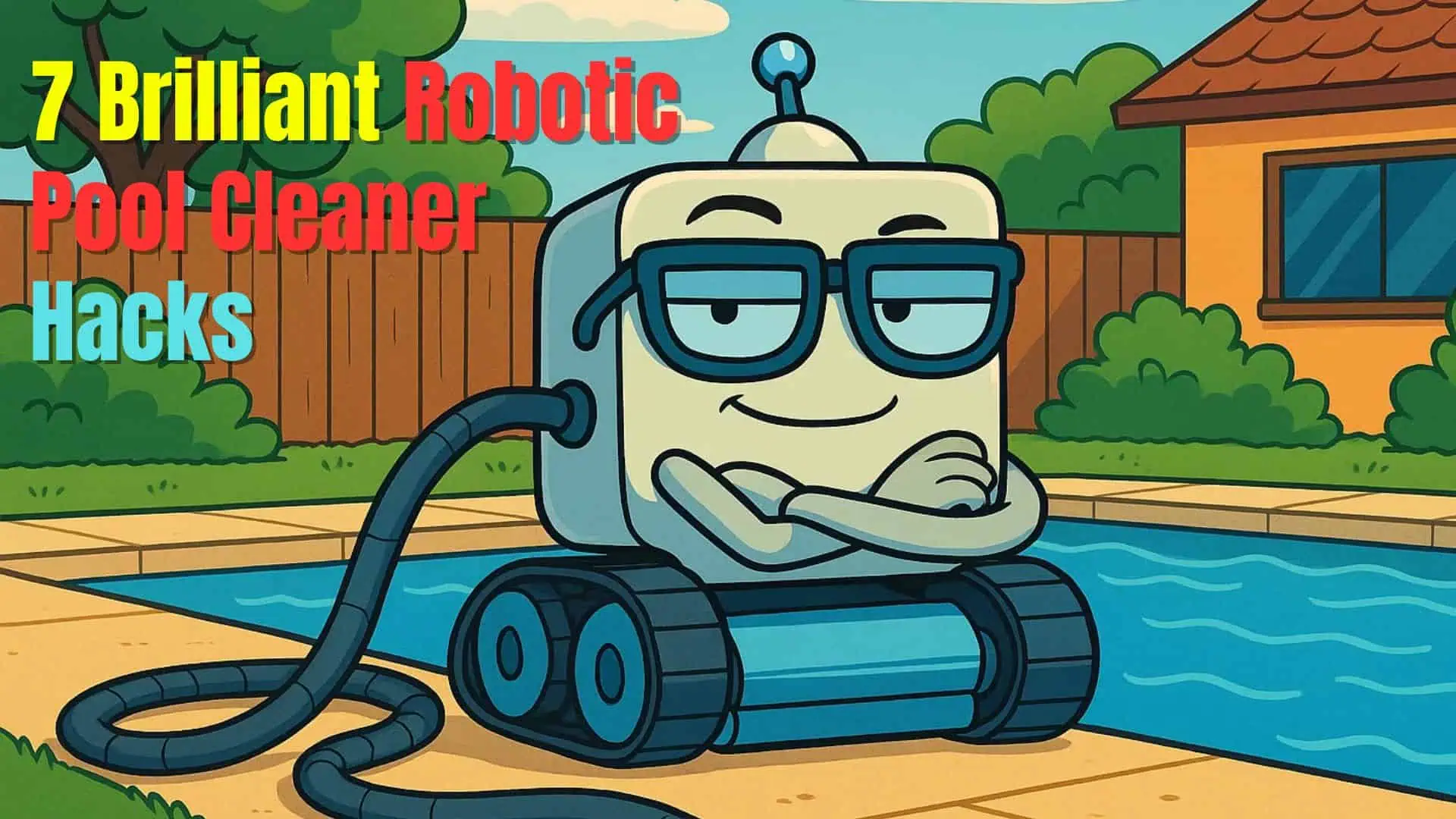
Leave a Reply